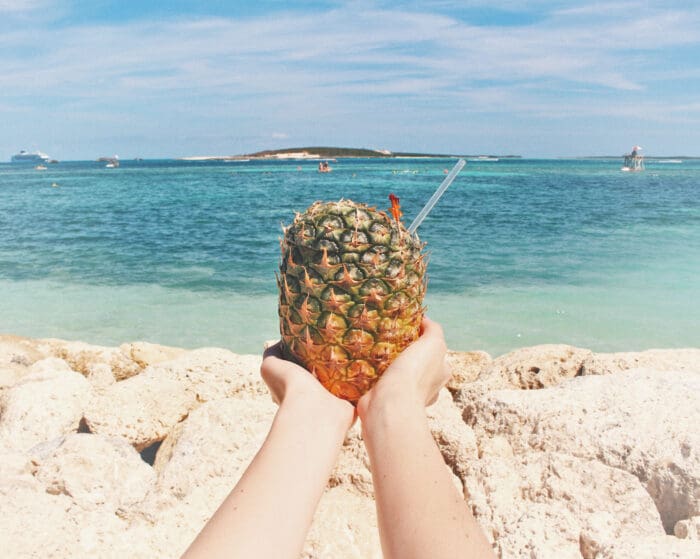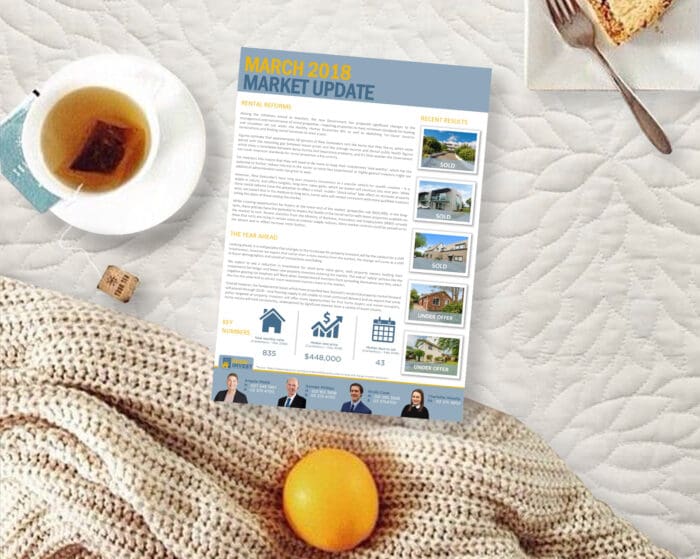New Zealand’s regions are running hot
Thanks to the strength of our economy, rising tourist numbers and high immigration, it’s not only our main cities that are experiencing rapid population growth.
Further fuelling regional growth are the residents of our biggest city, Auckland, many of whom are turning their backs on gridlocked traffic and heading out of town in search of improved lifestyles and cheaper housing.
And it’s an ongoing trend ¬– according to government statistics, the increase in Aotearoa’s population isn’t about to stop. We’re continuing to experience growth not experienced since the 1970s, and optimistic estimates suggest that many regions will experience double-digit population growth over the next decade.
With this growth comes an increased demand for housing, and knock-on positive effects for the wider economy. So whether you’re looking to enjoy the rewards of a lifestyle sea change, or want to invest in a business or maximise your investment property portfolio, New Zealand’s regional hotspots are an opportunity not to be ignored.
Population hotspots:
Region: Canterbury
Population growth 2018-28: 15%
Hot districts (pop. growth by 2028): Selwyn District (31%), Waimakariri District (23%), Ashburton District (13%), Hurunui District (12%)
The Selwyn District to the south west of Christchurch has seen rapid growth since the earthquakes, with significant residential developments in areas such as Wigram, Awatea Park, Prebbleton, and Halswell, spreading down to Lincoln. Over the past few years, Rolleston’s population has increased by 50%, to over 14,000, as new developments have taken advantage of the firmer ground in the area. Linking these new areas to the city is the Southern Motorway, which is encouraging further development along its corridor.
Region: Waikato
Population growth 2018-28: 12%
Hot districts (pop. growth by 2028): Hamilton City (17%), Waikato District (16%), Waipa District (12%)
Waikato’s long-term prospects are outstanding. Not only is the region soaking up Auckland’s migrants, it has the new Ruakura Inland Port at its heart.
The huge facility, straddling Hamilton’s east, is a project of national significance. The first section should be open within the next two years, with building scheduled to stretch to 2040. New business parks tagged on to the top and bottom mean the entire project will stretch from Fairview Downs in the north to Silverdale in the south.
With the Waikato Expressway running down the middle, the whole region – from the Waikato District in the north, to the Waipa District in the south – is set for an exciting period of growth.
Region: Bay of Plenty
Population growth 2018-28: 12%
Hot districts (pop. growth by 2028): Tauranga City (19%), Western Bay of Plenty District (12%)
Tauranga has seen massive growth over the past 20 years, with the city’s population doubling to 131,500. As high-rise towers have shot up at the Mount, so too have the region’s house prices, which now rank alongside Auckland’s in the unaffordability stakes.
However, despite short-term housing issues, the area’s long-term growth seems assured. Last year the city council approved over $1 billion of building consents, over half of which were for new residential builds. Much of the new development is focused at Papamoa, stretching for kilometres along the Tauranga Eastern Link. Given there’s plenty more land along the highway ready for development, and people will always desire a beach lifestyle, we can take for granted that new homes, businesses and infrastructure will continue to spread eastwards towards Te Tumu.
Region: Taranaki
Population growth 2018-28: 10%
Hot district (pop. growth by 2028): New Plymouth District (12%)
Bell Block has quickly become New Plymouth’s hip young neighbour – quite literally, too, as the average age of residents is only 36. Over the past 12 years, the town’s population has increased from 1,212 to over 6,000 – with that number set to increase by another 1,000 (16.7%) over the next decade.
A bypass, completed back in 2010, has helped spur the growth of the coastal town, as it has removed much of the heavy traffic from its streets. The completion of a costal walkway through to New Plymouth, and a new giant cycle park, have added to its popularity.
As much of the region’s heavy industry is situated nearby, there are plenty of work opportunities. And with the council committed to building 350 new homes per year over the next decade, through the release of new sections, Bell Block will continue to grow.
Region: Nelson
Population growth 2018-28: 10%
Hot area (pop. growth by 2028): Stoke (13%)
Nelson’s strong economy, beauty and lifestyle options continue to drive its growth. House prices remain robust and the population is growing … and over half of Nelson’s future growth will be in Stoke. Situated on Tasman Bay, Stoke is only 10km from Port Nelson: the biggest fishing port in Australasia and the maritime gateway to the region’s primary industries.
Stoke is at the centre of the council’s multi-million-dollar rezoning and development plans. Three-quarters of Nelson’s population growth and more than half its new housing will occur there over the next 30 years. The areas earmarked for the biggest developments are at Isel Park and Enner Glynn, together adding roughly 2,800 residents.
Region: Otago
Population growth 2018-28: 10%
Hot districts (pop. growth by 2028): Queenstown-Lakes District (27%), Central Otago District (12%)
The massive boom that has turned Queenstown into a tourism mecca and seen house prices in the area spiral to dizzy heights has had a knock-on effect throughout the Otago region. Queenstown’s population has increased by 39% over the past decade (11,000 to 15,500) and that figure will increase as more much-needed housing stock becomes available.
The council believes the district needs 9,158 new dwellings by 2028, and 17,462 by 2048, and is planning a fast-tracked high-density development at Ladies Mile, between Frankton and the city centre, under the Special Housing Act.
Forty-five minutes away, the knock-on effect is being felt in Cromwell, where house prices have risen by a third over the past three years. It’s become one of the fastest-growing small towns in the country – its population rising 32% (3,700 to 4,880) over the past decade – thanks to the employment opportunities offered by the wine and horticulture industries and people commuting to Queenstown. In a sign of the town’s bright future, local investors are building a 94-villa retirement village there, called Golden View.
The same growth is being experienced in Wanaka, where the population has risen by 60% over the past decade (5,280 to 8,460). And that number is set to skyrocket, due to a number of new developments in the area.
Consent for 2,500 new sections has been approved: at Northlake (1500), Three Parks (500), The Heights (130) and Sentinel Park (290), at Lake Hawea. And there are plans for a further 281 dwellings at Bright Sky, in Wanaka, and 1,000 at Lake Hawea. Exciting times, indeed!
Source: https://www.bayleys.co.nz/news/residential/new-zealands-regions-are-running-hot
Contact us today
Angela Webb
Licensed under the REA Act 2008
Mobile: +64 27 349 1997
Office: +64 3 375 4700
angela.webb@bayleys.co.nz


